Connecting...

This is a quick preview of the lesson. For full access, please Log In or Sign up.
For more information, please see full course syllabus of Algebra 1
For more information, please see full course syllabus of Algebra 1
Algebra 1 Variation & Proportion
Lecture Description
In this lesson we are going to take a look at a very interesting application of our rationals. We will look at variation and proportion. Variation is a connection between two variables such that one is a constant multiple of the other. Some of the major types of variation are direct variation, inverse variation, and joint variation. You will learn about each of these types, and how to distinct them. Variation can be modeled using proportions, or simple formulas. Make sure you label what the variables represent, and to line them up carefully. You'll also learn how to combine multiple types of variation into a single problem.
Bookmark & Share
Embed
Share this knowledge with your friends!
Copy & Paste this embed code into your website’s HTML
Please ensure that your website editor is in text mode when you paste the code.(In Wordpress, the mode button is on the top right corner.)
×
Since this lesson is not free, only the preview will appear on your website.
- - Allow users to view the embedded video in full-size.
Next Lecture
Previous Lecture









































 Carleen Eaton
Carleen Eaton Grant Fraser
Grant Fraser Eric Smith
Eric Smith
 Answer Engine
Answer Engine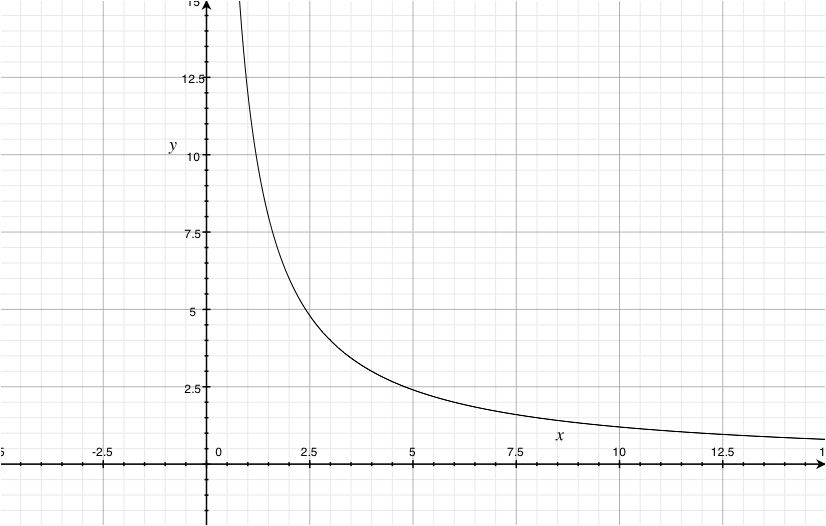
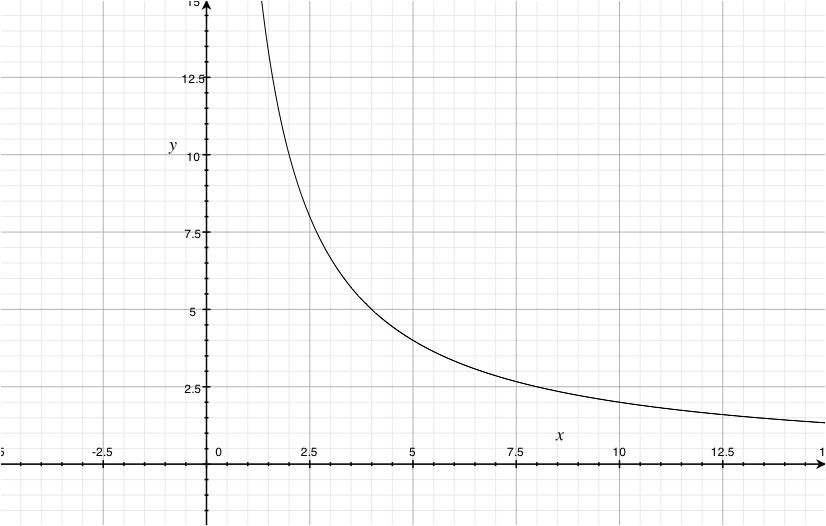
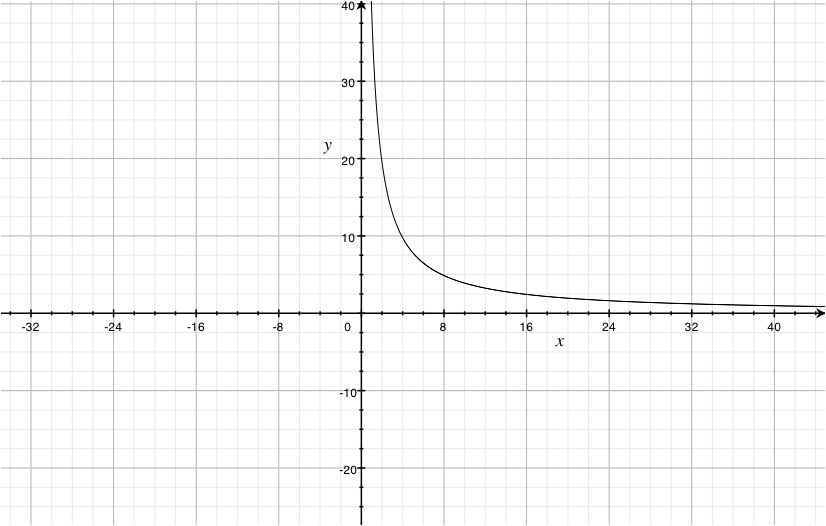
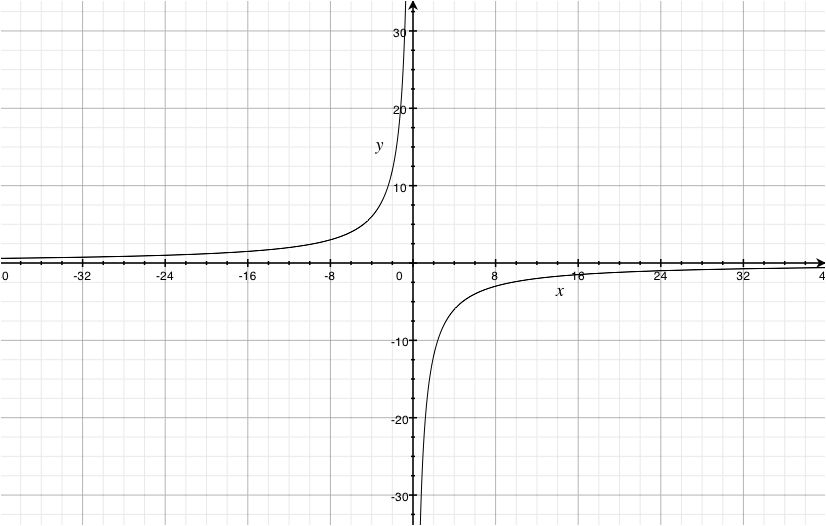
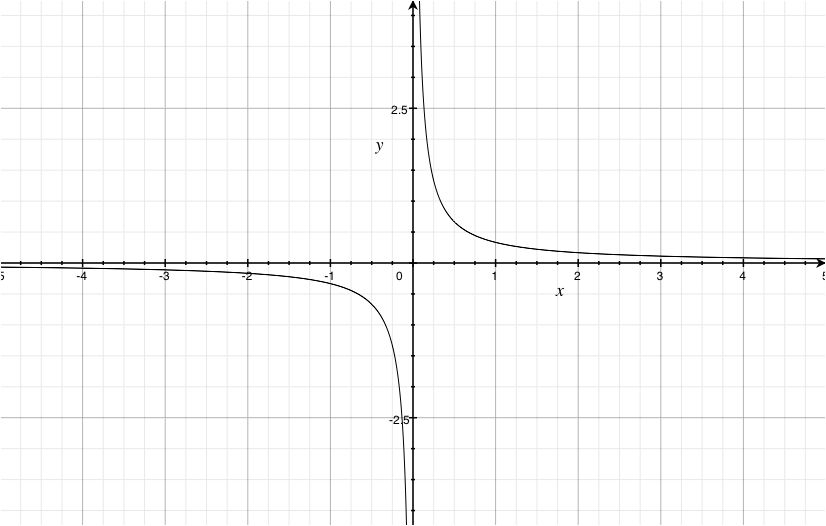
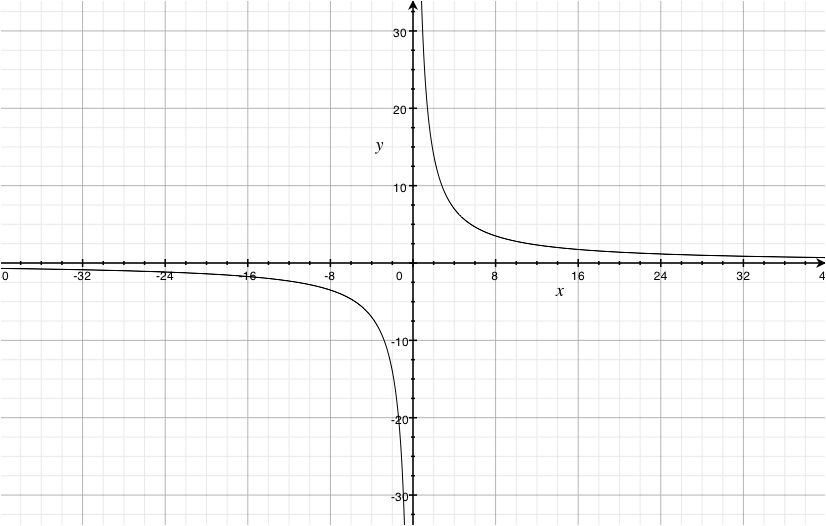



1 answer
Mon Aug 12, 2019 11:30 AM
Post by Sean Zhang on August 12, 2019
in the first example, you wrote is as x1,y1,x2,y1
1 answer
Mon Oct 19, 2015 11:45 AM
Post by Khanh Nguyen on October 17, 2015
In practice question #7, in the answer, it says quardrants.
In practice question #8, in the answer, it says quadrant instead of quadrants.
Could you please fix it?
:^D